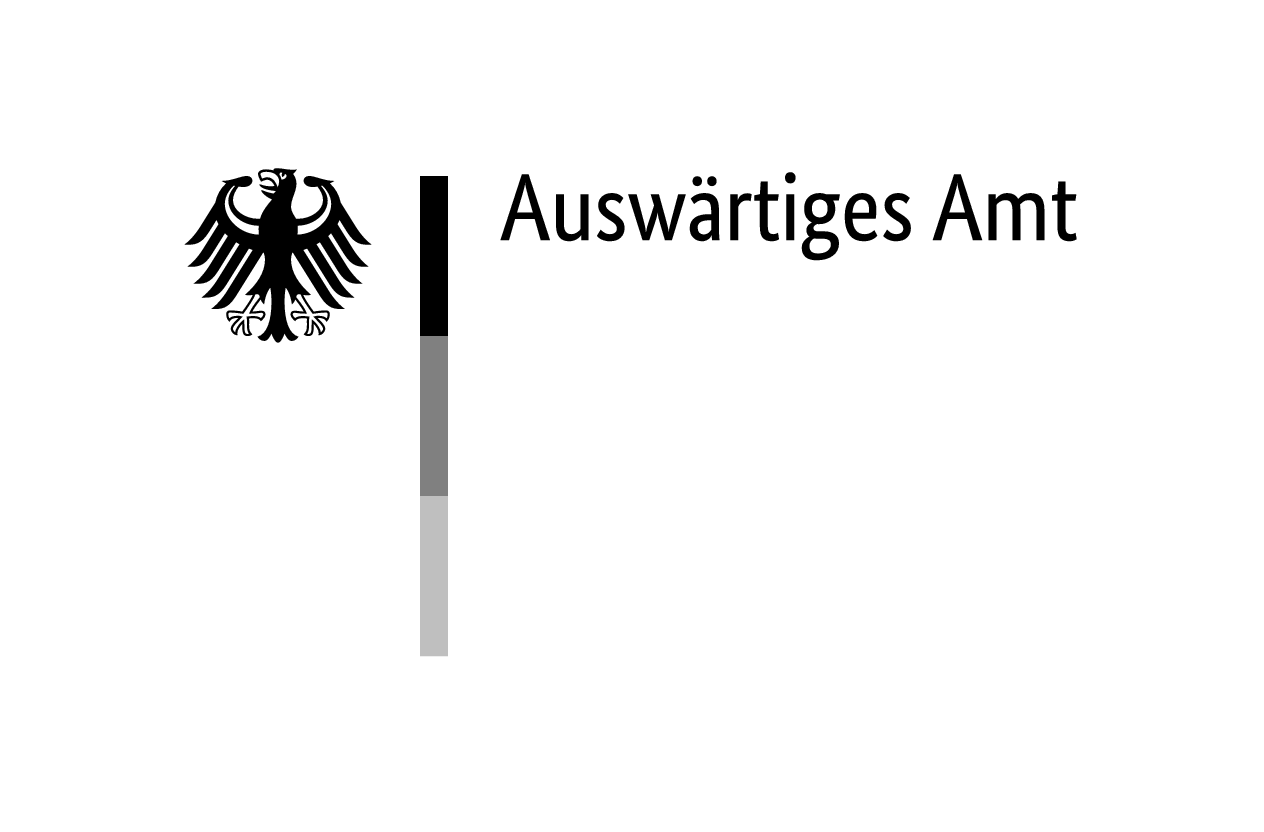The Niederhagen concentration camp in Wewelsburg, East Westphalia, Germany, which existed as an independent main camp from 1 September 1941 to 5 April 1943, was the smallest concentration camp in the German Reich. It housed male inmates. To this day, 43 names are known of Sinti and Roma who were imprisoned there; 28 of them did not survive the concentration camp in Wewelsburg.
Construction of the Camp
The reason for the camp’s construction was an extensive building project by Reichsführer-SS Heinrich Himmler (1900–1945). He had rented the Renaissance castle of the same name, Wewelsburg, from the district of Büren in 1934 in order to have it converted into a centre for Schutzstaffel (SS) meetings and events. For this purpose, a satellite camp of the Sachsenhausen concentration camp was established in Wewelsburg Castle.
The first inmates arrived in May 1939 and worked at the castle, in quarries and in road construction. They were inmates in the ‘professional criminals’ (BV) category, and were exchanged for Jehovah’s Witnesses in 1940. With the move to a larger camp in the Niederhagen district in August 1940, further prisoner transports arrived. The first transport from Sachsenhausen, which included political and BV prisoners as well as prisoners designated as ‘asocial’, reached Wewelsburg on 22 September 1940, and included Sinti and Roma.
Sinti and Roma in the Camp
On 1 September 1941, the former Wewelsburg satellite camp became an independent main camp with the name Niederhagen/Wewelsburg concentration camp.1Arolsen Archives, Copy of 1.1.381 archive no. 2687, numbered list from 1 September 1941. Among the 480 inmates were 159 labelled as ‘asocial’, of whom seven were explicitly noted as ‘Zig.’ (‘Gypsies’) in the prisoner file. Further transports and admissions followed in subsequent months.
In total, the inmate database compiled for Niederhagen in 2008 identified 295 who were classified as ‘asocial’. Of these, it has been possible to do research on 41 who were labelled as ‘Gypsies’ in the SS sources or on their death certificates; two further Sinti were found among the BV inmates. It can be assumed that there were other Sinti and Roma among the total of around 3,900 prisoners who passed through the camp.2We would like to take this opportunity to thank Andreas Pflock, Documentation and Cultural Centre of German Sinti and Roma, Heidelberg, for his meticulous research and Verena Meier, Research Centre on Antigypsyism, Heidelberg, who both provided important information on Sinti and Roma inmates in the Niederhagen concentration camp. See also Sinti und Roma Wewelsburg, https://verortungen.de/tatorte/konzentrationslager-niederhagen-wewelsburg/#sinti-und-roma-in-wewelsburg [accessed: 30/07/2025].
The age structure of the Sinti and Roma in the Niederhagen concentration camp is heterogeneous and includes men born between 1890 and 1923. The living and working conditions there deteriorated continuously because of the enormous increase in the inmate population in 1942. Of the 43 Sinti and Roma known by name, the deaths of 27 are documented for 1942 alone, with pneumonia, bodily weakness or circulatory failure being the most common official causes of death. It should be noted that the SS also falsified the causes of death in order to disguise the results of physical violence.
Among the deceased was Alman Rose (1922–1942), who was arrested as an 18-year-old in Stettin and deported to Sachsenhausen and from there to the Niederhagen concentration camp on 22 or 23 October 1941, where he allegedly died of ‘acute cardiac insufficiency’ on 5 February 1942.

Alman Rose (1922–1942), ermordet im Konzentrationslager Niederhagen/Wewelsburg. Alman Rose, geboren in Paradies, Kreis Meseritz, Deutschland, wurde 1941 in Stettin verhaftet und in das Konzentrationslager Sachsenhausen deportiert. Am 22. oder 23. Oktober 1941 wurde er nach Niederhagen/Wewelsburg überstellt. Seinen Eltern schrieb er regelmäßig Briefe, in denen er unter anderem um warme Kleidung bat. Im Dezember 1941 erhielten sie ein letztes Lebenszeichen von ihm. Die letzte Nachricht war ein Telegramm des Lagerkommandanten, in dem es hieß, Alman Rose sei am 5. Februar 1942 an „akuter Herzschwäche“ verstorben.
Die Fotografie stammt aus einem Ausweis, Anfang der 1930er-Jahre, den seine Schwester Adelgunde Rose der Gedenkstätte Wewelsburg zur Verfügung gestellt hat. Sie war eine Überlende der Konzentrationslager Ravensbrück und Buchenwald.
Fotograf:in: unbekannt
Kreismuseum Wewelsburg, Inv. Nr. 17454
Efforts by relatives to visit inmates in the camp or to obtain their release were generally unsuccessful. For example, Auguste Petermann (1894–unknown), the wife of inmate Max Anton (1893–unknown), sent several applications for release to the Magdeburg police chief in vain.3State Archive of Saxony-Anhalt, C29 Anh. II No. 223_2_7.
Eleven Sinti and Roma, including Max Anton and his two foster sons, survived internment in Wewelsburg and were transferred to other camps together with the other 1,500 or so prisoners when Niederhagen concentration camp was dissolved in April 1943. Forty Jehovah’s Witnesses and two political prisoners remained in Wewelsburg until the liberation on 2 April 1945.
Murders as Part of the ‘Aktion 14f13’
Niederhagen was one of the concentration camps involved in ‘Aktion 14f13’ (Operation 14f13), in which mentally and physically ill inmates or those unfit for labour were selected in the concentration camps and murdered in various institutions using poison gas. The former camp doctor Dr Franz Metzger (1911–unknown) confirmed the selections in his testimony in 1969 at the 2nd Wewelsburg Trial.4John-Stucke, “Mein Vater wird gesucht …,” 105–06.
Jews and five Sinti were among the 46 prisoners selected as part of these measures in Niederhagen in the spring of 1942. The Sinti were Felix Adler (1906–1942), Hermann Broschinski (1899–1942), Franz Lursky (1916–1942), Paul Morgenstern (1918–1942) and Janko Weiss (1920–1942). What all 46 prisoners have in common is that the cards on which the prisoners’ belongings were listed on arrival (effects cards) state: ‘Released on: 10.4.42 to Transferred’. A place of transfer was not mentioned; instead, death dates in April and May 1942 were entered.5Wewelsburg District Museum, Archival Collection, final report. Research on ‘Aktion 14f13’ in Niederhagen concentration camp by Oliver Nickel, 2016 (unpublished manuscript). There is also no evidence that the bodies were cremated in the crematoria in Bielefeld or Dortmund, where bodies from the concentration camp were normally cremated at the time.6Beck, Der Weg der Toten, 4.
Several survivors of the Niederhagen concentration camp referred to this transport as part of ‘Operation 14f13’ in their testimonies in the post-war trials. Wenzel Duchan (1918–unknown), who described himself as a ‘half-Gypsy’ and was imprisoned in Wewelsburg, reported that his cousin had been selected for transport to a killing centre.7States Archives of North Rhine Westphalia, Rhineland Department [Landesarchiv NRW Abteilung Rheinland, LAV NRW R], Rep. 118-855, Witness statement of 14 September 1967. Albert Heinze (1894–1970) also recalled that the young Sinto Janko Weiss, whom he knew from Berlin, had been on the transport.8LAV NRW R, Rep. 118-921, Witness statement of 29 September 1967; see also “Haftgrund: § 175”.
It has not yet been possible to find out in exactly which killing centre the 46 men were murdered, as the murders were systematically covered up and kept secret. Enquiries to the archives of the memorials in Hadamar, Hartheim and Bernburg have not yielded any further information.
Post-War Trials and Reappraisal
After the war, two trials were held concerning the crimes committed in the Niederhagen/Wewelsburg concentration camp. The first trial was held in 1952 against Otto Schmidt (1905–1971). The former ‘Kapo’, who was classified as ‘asocial’ and feared by his fellow inmates for his brutality, was sentenced to four years in prison for ‘crimes against humanity’ and ‘assault resulting in death’. Following an appeal by the public prosecutor’s office, the sentence was increased to five years and eight months in prison.
In the second Wewelsburg trial, two SS leaders of the guard teams and two former ‘Kapos’ were charged with murder and attempted murder, as the statute of limitations had already passed for other offences. Despite five years of investigation, the defendants could not be proven individually guilty of the crimes, so they had to be acquitted.
A memorial site at the Wewelsburg District Museum has been documenting the crimes of the SS since 1982 and commemorates all the victims of the Niederhagen concentration camp. Since 2000, a quarry stone memorial in the shape of the triangle worn by inmates has stood on the former roll call area of the camp in commemoration of the victims of SS violence in Wewelsburg .
More intensive research into the history of the Sinti and Roma victim group began with the redesign of the Wewelsburg 1933–1945 Memorial and Remembrance Centre, which was opened in April 2010. Since then, individual stories of Sinti and Roma victims have been presented in the permanent exhibition ‘Ideology and Terror of the SS’ and documented in publications. Findings to date suggest that there remains more to be learned from systematic scholarly research on Sinti and Roma in the Niederhagen concentration camp.




